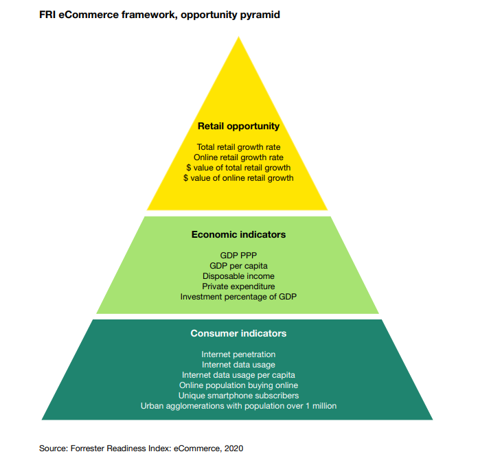
Artificial intelligence (AI) and machine learning (ML) are all the rage in retail marketing, mainly because of new challenges caused by high-dimensional data sources that were largely unheard of a few years ago. While exceptionally powerful, AI and ML are not without their criticisms, which include solution complexity, believing they can solve all problems, and a lack of transparency and insight generation.
So, how do you begin your brand’s journey and avoid some of the pitfalls and challenges that other retailers have faced? Here are five steps to getting the most out of AI and ML investments:
Step 1: Data Strategy
Retailers should begin their AI and ML journey by updating or creating a proper data strategy. This involves assessing current data strengths and weaknesses through a series of audits and stakeholder sessions to define how data is used today, how it will be used in the future, and assessing the foundational readiness for AI and ML from a data perspective. This includes looking at how the retailer collects, assembles, stores and utilizes data.
Step 2: Use Cases and Business Case for AI and ML
It is critically important to do the due diligence up front to define and quantify the use cases for which retailers will employ AI and ML. What is the brand trying to accomplish? Are AI and ML the right or best way to tackle the problem? Does the retailer have the right data in the right shape to feed the machine and fuel the use case? Will you be able to measure and quantify the impact of the effort? If personalization is the goal, do you have the content and assets and the adtech/martech required to act on the AI and ML outputs? By spending the right amount of quality time up front to define and quantify the retail uses cases, you’ll identify gaps you might have in data or infrastructure and have what you need to build a solid business.
Step 3: Data Readiness for AI and ML
You literally cannot build and execute an effective AI and ML program without robust, clean, tuned data and a solid identity management solution. Data is the fuel that powers AI and ML, and retailers need to make sure they understand how much effort is involved in getting data ready. This might include doing a data assessment, creating a data strategy, and activating a data unification and enrichment project.
Step 4: Model Development
As with any model development, the first step is data preparation. The next step is creating a training data source. From there retailers need to create a model, review the model’s predictive performance, and set a score threshold. As you would expect, an ML model is a mathematical model with a number of parameters that need to be learned from the data. By training the model with existing data, you can fit the model parameters. These parameters are usually fixed before the training process begins and are based on your retail use cases.
Step 5: Model Deployment
The concept of deployment in data science refers to the application of a model for prediction using new data. Once the retail model is built and tuned, you are ready to use or deploy the model to generate predictions in real time. Deployment is the process of integrating your machine learning model into an existing production environment to make practical business decisions based on data. Even if the purpose of the model is to increase knowledge of the data, the knowledge gained will need to be organized and presented in a way that your team can understand and use.
Concluding Thoughts
At Acxiom, we help marketers and retailers navigate the complexities and evolution of data, privacy management, identity management, and technology solutions to help them improve their insights about their customers and deliver business impact and ROI. AI and ML are powerful tools that can be applied to the full spectrum of data management requirements to fuel desired CX and use cases, and deliver business impact at scale. We can help you develop strategies and solutions that unlock the power of AI and ML for real-time, people-based marketing and retail use cases. It’s what we do.

